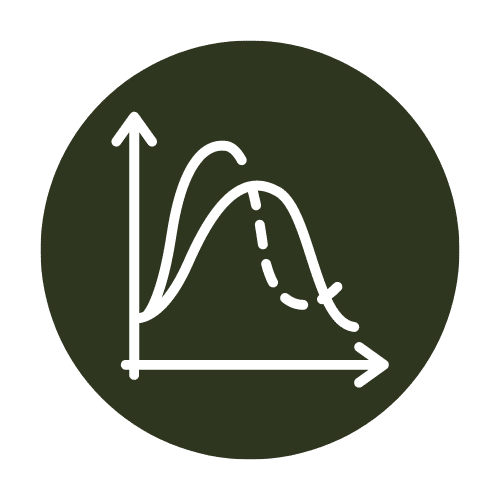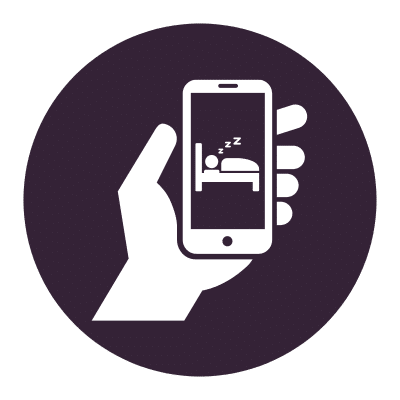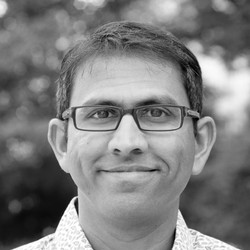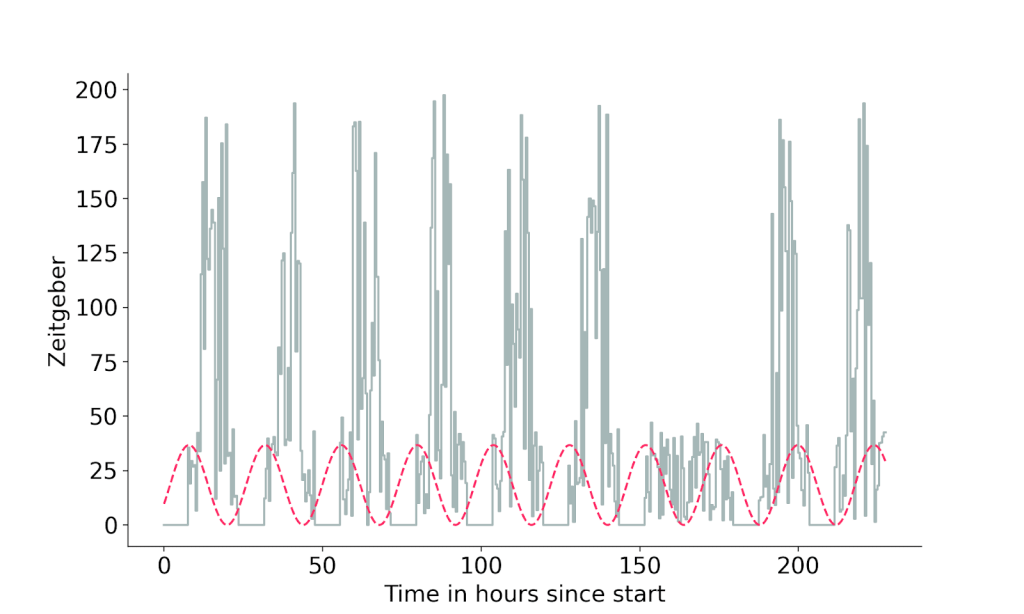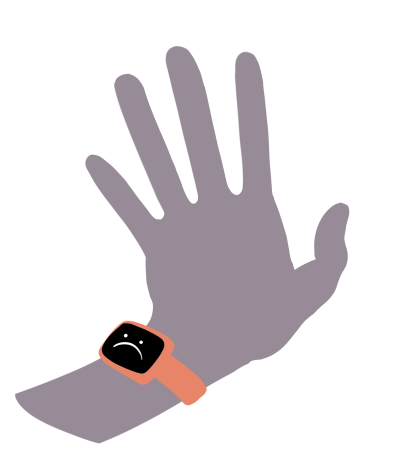This blog is the spiritual sequel to our last blog post on ways of measuring sleep regularity. Unlike the last one, though, which was based on an excellent review article, this post is Olivia’s off-the-cuff (and extremely wonkish) thoughts on the topic of circadian amplitude. There’s a reason for a lack of formality, though, which […]
What a Sleep and Circadian Digital Twin Can Do For You
Like anyone talking about anything, I tune my content to the audience. When I talk about our tech to travelers, I tell them our apps can help them get over jet lag faster. When I talk about our tech to shift workers, I highlight how we can help them sleep more and get them to […]
Interview With Bharath A.
Thanks so much for joining us this morning! Could you tell us a little bit about yourself and your research interests? I am currently a theoretical and computational chronobiologist. I work in the area of circadian clocks. My PhD was in the field of wireless communications with a focus on designing new technology to provide […]
Visualizing MESA: Part 2
We’ve already looked at the Multi-Ethnic Study of Atherosclerosis (MESA) dataset—an absolute treasure trove of sleep data, available from the NSRR at sleepdata.org—once, through the lens of sleep duration. But what about other dimensions of sleep health? After all, sleep regularity may be just as important as sleep duration in a number of contexts. We […]
Scientific Tests
Algorithms are really easy to mess up. Take your pick for how: overfitting to training data, having bad training data, having too little training data, encoding human bias from your training data in the model and calling it “objective”. Feeding in new data that’s in the wrong format. Typos, subtle typos, nightmarishly subtle typos. Your […]
Biophysics for Better Living 2.0
In my last blog post, I talked about the power and potential for biophysics engines to contribute to clinical care and ragged on my own ability to play video games. The short version of it, if you don’t have time to circle back: If you’re going to make a digital twin of somebody, base it […]
Biophysics for Better Living
One of the highest stakes moments of my life was the time in graduate school when I was (badly) playing Donkey Kong at Pinball Pete’s Arcade, and a very, very good Donkey Kong player came over to watch me play in silence. I’d just spent six dollars worth in quarters dying repeatedly on the first […]
Interview with Dr. Cathy Goldstein
We sat down to talk with Dr. Goldstein on what she sees as the future of wearables in the sleep clinic. Enjoy! Thank you for taking the time to meet with me today! Could you take a minute to introduce yourself and say a little about what your job is? Cathy Goldstein, MD. I’m a […]
Circadian Phase Estimation and Deep Learning
Circadian Phase Estimation and Deep Learning One of the most common questions we get at Arcascope is: “Can’t you just do circadian phase estimation using machine learning?” Living in the data age, we have become used to thinking that big data and machine learning can do just about anything. In this post, I will break […]
Wearable Headaches (and how to fix them)
So you want to get somebody’s internal time from a wearable… Let’s talk about wearable data. On the one hand, wearables are an incredible innovation, allowing self-quantification and anomaly detection with unprecedented ease, at unprecedented scales. On the other hand, they’re a data science nightmare. Or three nightmares, really. Nightmare #1: All the devices are […]

